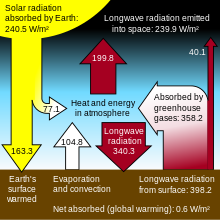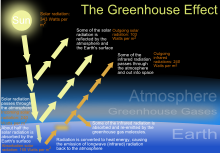http://www.rumahmertua.com/en-beranda.html
Author: terhubung // Category:
Rumah Mertua (´the House of the Parent´s in Law´) is a
small boutique hotel with 11 comfortable bedrooms and a traditional
restaurant with romantic garden environment.
Located in the Javanese cultural center of Jogjakarta, Rumah Mertua combines the luxury of a good hotel with the environment of a traditonal Javanese house.
Only 15-minutes drive to the center of Jogjakarta, Rumah Mertua is the ideal place to stay whilst discovering Java´s natural beaches, mountains, volcanoes, Hindu Temple Prambanan, the Sultan´s Palace and the world´s biggest Buddhist temple: Borobudur.
Open 10:00 AM till 09:00 PM, our restaurant offers traditional Indonesian food for reasonable prices in a romantic garden environment. Our special menu is the Rijsttafel (10 different dishes)
Rumah Mertua also provides exclusive tour arrangements to places inside and around Jogjakarta. You can visit Borobudur and Prambanan Temples, Dieng Plateau or have a city tour to Jl. Malioboro, The Sultan´s Palace, Taman Sari Water Castle and many more attractions.
Large group tours are available daily or you may prefer to rent our car for a very reasonable cost (fee includes gasoline and driver).
Located in the Javanese cultural center of Jogjakarta, Rumah Mertua combines the luxury of a good hotel with the environment of a traditonal Javanese house.
Only 15-minutes drive to the center of Jogjakarta, Rumah Mertua is the ideal place to stay whilst discovering Java´s natural beaches, mountains, volcanoes, Hindu Temple Prambanan, the Sultan´s Palace and the world´s biggest Buddhist temple: Borobudur.
Open 10:00 AM till 09:00 PM, our restaurant offers traditional Indonesian food for reasonable prices in a romantic garden environment. Our special menu is the Rijsttafel (10 different dishes)
Rumah Mertua also provides exclusive tour arrangements to places inside and around Jogjakarta. You can visit Borobudur and Prambanan Temples, Dieng Plateau or have a city tour to Jl. Malioboro, The Sultan´s Palace, Taman Sari Water Castle and many more attractions.
Large group tours are available daily or you may prefer to rent our car for a very reasonable cost (fee includes gasoline and driver).

